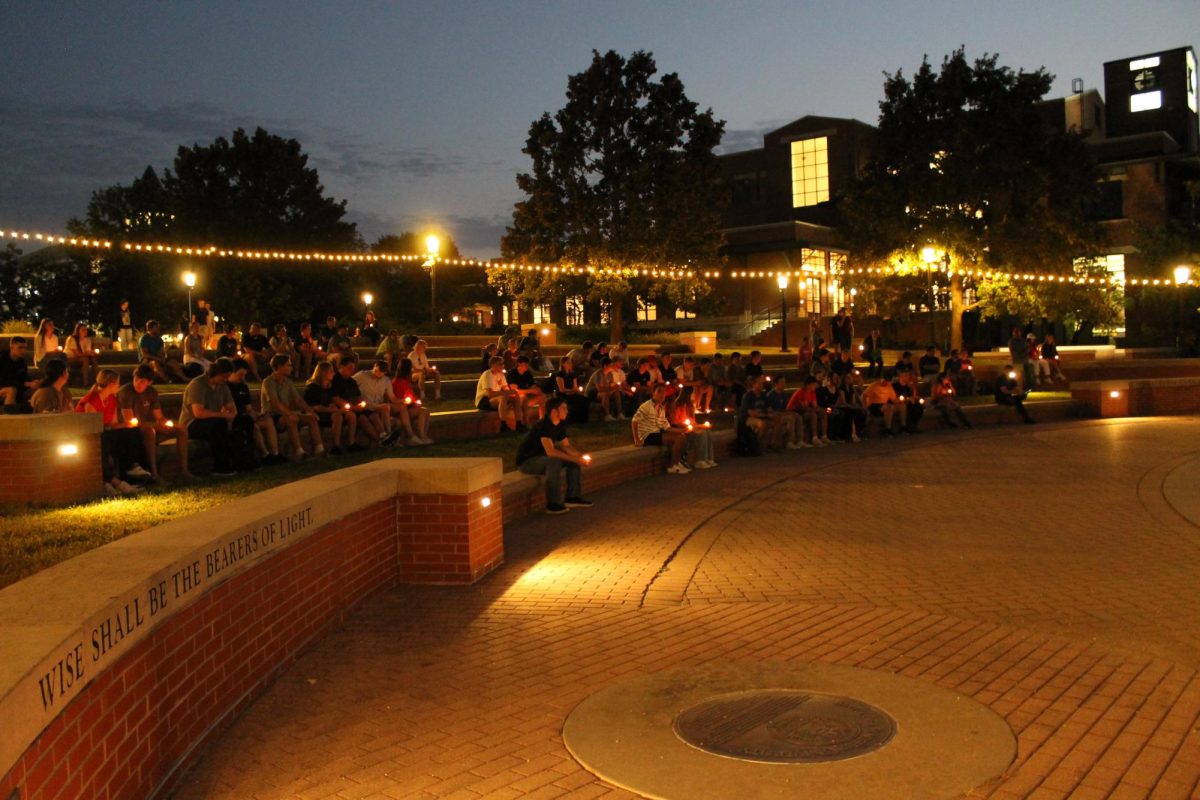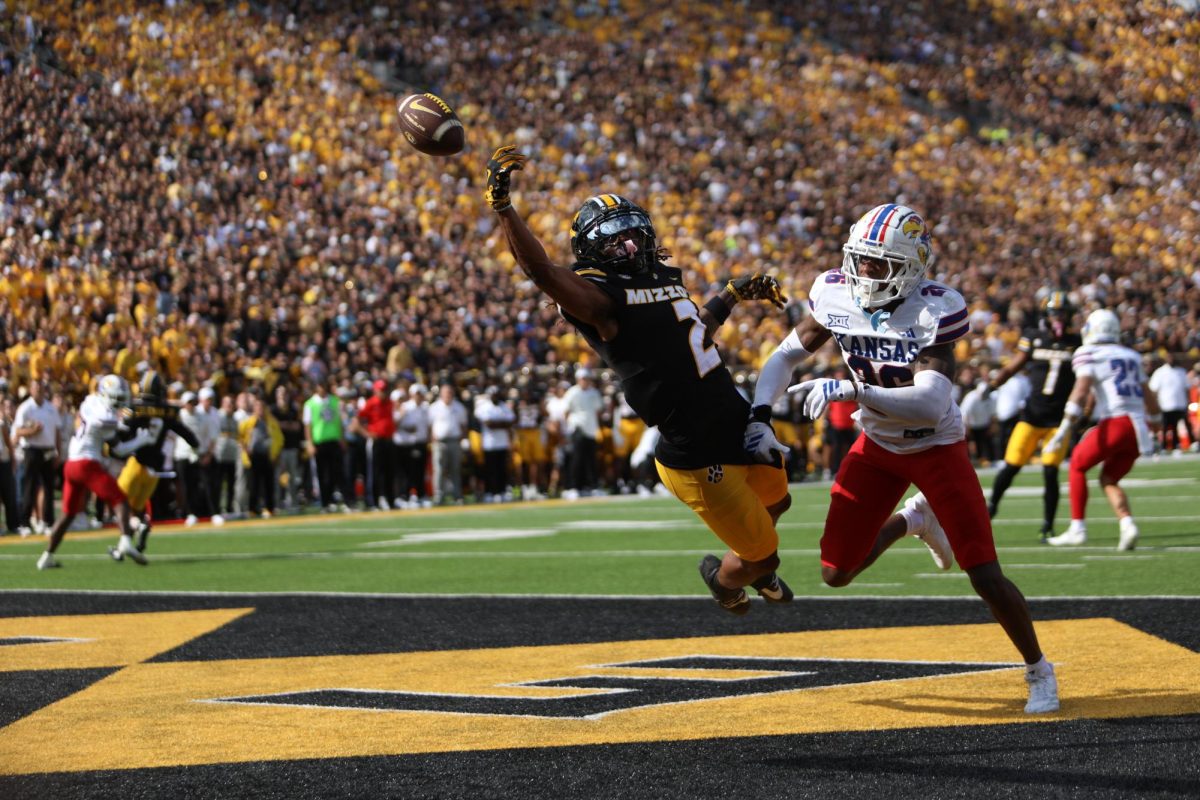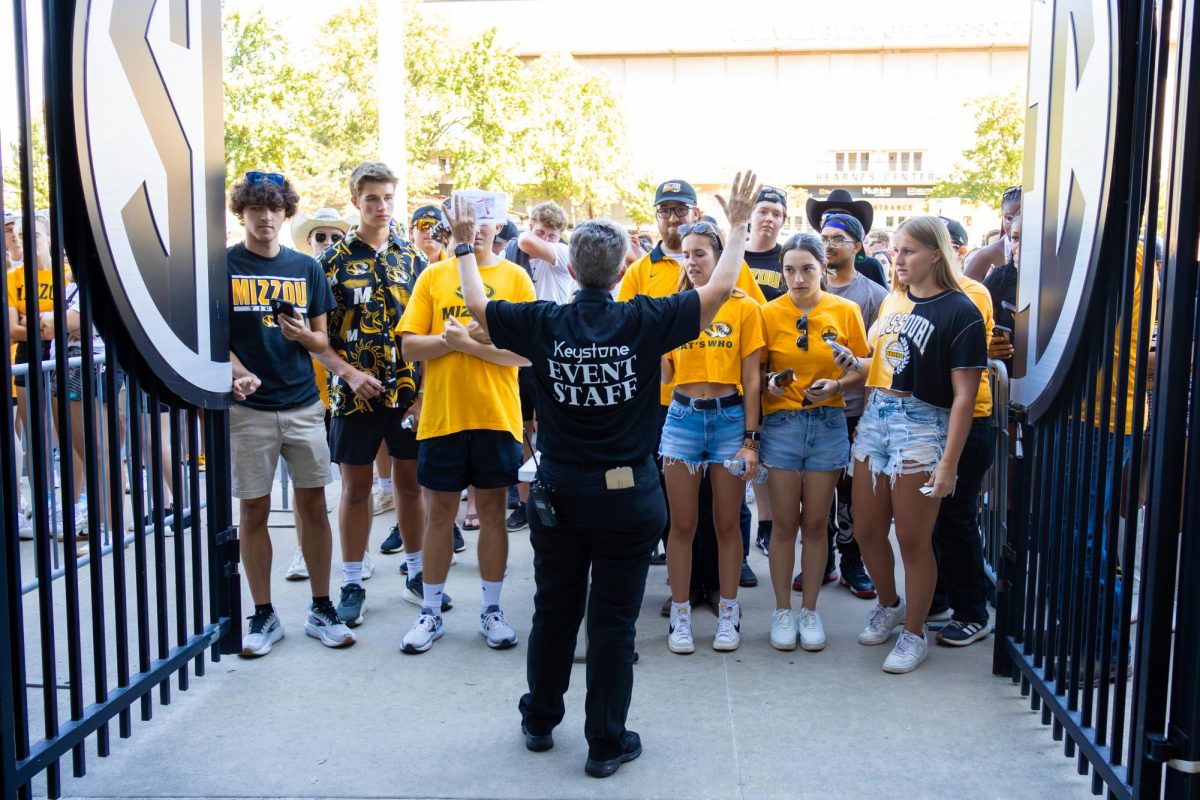Four pedestrians were killed and at least six others injured in motor vehicle collisions within Columbia city limits between October 2014 and April 2015.
Three of these incidents happened on the same day: Jan. 22, 2015. In one, the victim was an MU student. The student and another pedestrian were injured. The third accident was fatal.
There have been 23 reported accidents on campus in the last two years, four of which were in 2016.
The Missouri Student Association Campus and Community Relations Committee, which is responsible for advocating at the city level for students, has been working on a pedestrian safety project, but Chairman Hunter Windholz said he was not sure if anything would come of it.
“Personally, it’s my belief that nothing’s going to happen,” he said. “Nothing’s going to happen with this until we’re forced to be reactive.”
In the last CCRC meeting, Windholz brought up the possibility of working with the MU Police Department to ticket jaywalkers and bikers on sidewalks. Despite negative feedback from committee members, he is still looking to set up a meeting with MUPD about the possibility.
“We’re going to continue to be proactive until we’re forced to be reactive essentially because we want to stop this before someone gets killed,” Windholz said.
While Windholz continues to pursue the safety issue on campus, Department of Student Services Director Casey Frost said her department was not working on the issue. DSS is the department in MSA’s executive branch that addresses student safety.
“Yeah, it hasn’t really been brought to my attention before,” Frost said. “It’s not really an area I’ve ever dealt with.”
However, Frost said that this issue was “definitely a dangerous thing.”
“It’s basically one of those things that if it is a problem that students [want to address] then we will,” Frost said.
The city of Columbia has a different mindset.
“Deaths and serious injuries on our transportation systems are preventable and therefore they’re unacceptable,” said Ian Thomas, Fourth Ward councilman and co-chairman of Columbia City Council’s Pedestrian Safety Task Force. “If somebody makes a mistake, they don’t have to die for it or kill somebody else for it.”
After holding meetings over the course of a year, the task force came up with many suggestions to increase public safety, but the No. 1 recommendation was a Vision Zero Policy, which aims to reduce the number of pedestrian and traffic fatalities. The task force is working to get the city to adopt that policy.
The policy is relatively new to the U.S., with New York [being the first to adopt it](http://www.nyc.gov/html/visionzero/pages/home/home.shtml) in 2014. After a significant decrease in pedestrian and traffic fatalities, more cities began to adopt this policy across the country, including Seattle and San Francisco, all of which have seen reductions in death and serious injuries.
“It’s a very effective policy if it’s implemented right,” Thomas said.
The Vision Zero Policy is based on three categories: education, enforcement and engineering. Education will include a public service announcements, television advertisements, radio and newspaper advertisements and possible driving defense classes required for speed violators to inform and warn people to drive more carefully.
Enforcement entails creating and implementing new laws such as passing bans on texting or using the phone while driving and having severe punishments for violators, reducing speed limits and making the penalties for DUIs tougher.
“What I’m hoping is that the city of Columbia will develop its own ordinance that will be much stronger than [what it currently] states,” Thomas said regarding Missouri’s law allowing individuals 21 and older to text and talk on the phone while driving.
Thomas hopes when the policy is adopted, texting and cell phone usage while driving will be illegal for all ages.
Engineering solutions could include narrowing down lanes, making pedestrian areas more visible by repainting crosswalks more frequently and setting up lights, adding medians in roads and creating curb extensions near crosswalks.
“Ironically, you make a much safer road system when you reduce the visibility for the driver,” Thomas said.
Thomas says that contradictory to what “traditional traffic engineering has said,” clearing out surrounding trees and increasing the number of lanes on a road makes roads more dangerous because people typically drive faster now that they have an “immense view.” He says adding medians with trees and reducing lanes will make people drive more carefully and slowly because they no longer can see 50 feet on either side of them.
If the policy is adopted, it is the task force’s plan to team up with the PedNet Coalition short-term to help fund all that needs to be done until the city of Columbia is able to fund it themselves. The PedNet Coalition is a local nonprofit organization that advocates for safe transportation and currently has received a grant through the Missouri Foundation for Health to help the city adopt the Vision Zero Policy. According to the task force’s report, PedNet will work with the city to create a an education campaign and also provide funding for the city to increase the staff of the police department so that the specific enforcements that the policy calls for will be implemented.
In regards to long-term funding for the Vision Zero Policy, the task force has proposed a “One Percent for Safety” policy. This means that the city would take 1 percent of the budget of major road projects and put that money into the Vision Zero fund.
“That money would then be used to fund both a Vision Zero coordinator [and] some funding for doing some TV ads, for doing radio ads, for doing newspaper ads, for providing extra resources for the engineering department to do some assessments of some of the intersections,” Thomas said.
The task force also plans to improve the crosswalk system on College Avenue.
“I think [the HAWK project] was a good move, but I don’t think it’s working properly yet,” Thomas said.
Thomas said the Missouri Department of Transportation has synchronized the traffic lights so that cars don’t need to stop at every light and can continue driving at a steady speed. Because of this, when pedestrians hit the button to cross, they have to wait instead of getting the right of way immediately like they’re supposed to. Thomas said he didn’t like the synchronization because “it keeps the traffic moving too fast.”
The task force is in the process of meeting its goal for the city to adopt the Vision Zero Policy in the next 6-12 months. They will be presenting their report and policy to the council on Nov. 7.
_Edited by Emily Gallion | [email protected]_







